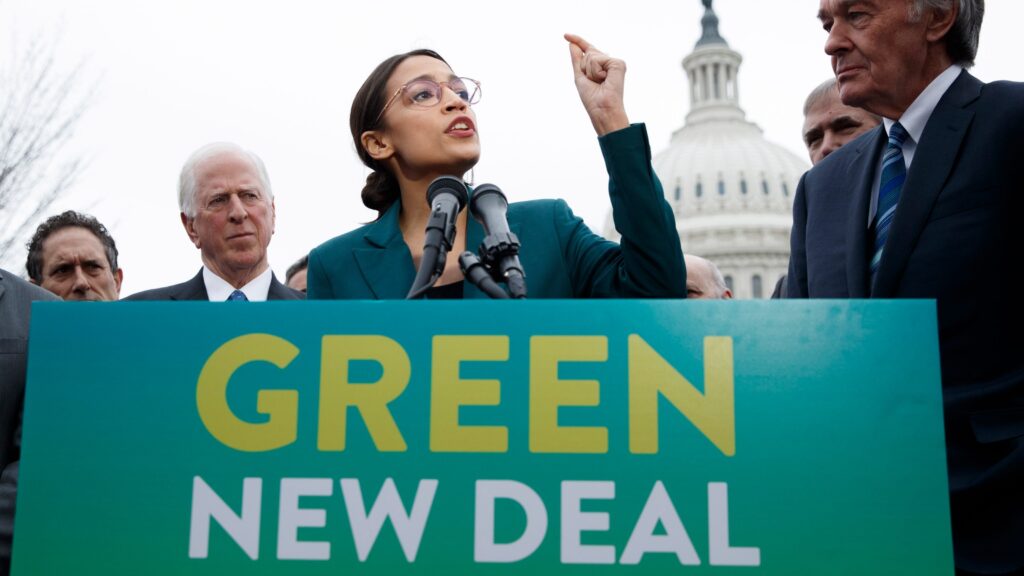With grimy smokestacks belching out what smokestacks do, the Southern Colorado town of Pueblo used to be known as Steel City.
Now it can be known as Solar City.
The town’s signature steel plant — once powered entirely by coal — is soon to be almost entirely solar-powered.
The juice – 90 percent of what the plant requires — will come from 75,000 solar panels across 1,800 acres.
This is a retrofit that is fit for a nation that needs an energy makeover.
The steel plant – EVRAZ Rocky Mountain Steel — has been there 150 years under multiple names and owners, with various stages of activity and dormancy.
Steel production amounts to 7 percent of the nation’s carbon emissions.
Switching this one plant to solar will remove the equivalent of 92,100 cars from the road, reports the Denver Post.
The solar plant that will transform it into the cleanest steel plant on the planet, is the work of a U.S. subsidiary of British Petroleum – yes, the dreaded, oil-slick-creating, BP.
BP, by the way, has committed to producing zero net carbon emissions by 2050.
Joining in the effort toward the green steel plant in Pueblo was regulated Colorado utility Xcel Energy and the state, through millions of dollars in tax incentives.
A few years ago Xcel said it would close two coal-fired plants in Pueblo and increase its use of alternative energy.
The steel plant owners considered moving operations out of Colorado, but the state and the utility intervened. The 300-watt Bighorn Solar project was devised to fill the energy void.
Consider this analogous for an entire nation that has the opportunity and challenge to retrofit.
The barkers of high-carbon industries — that means you, Gov. Abbott; you, Sen. Cruz, and of course the archduke of Mar-a-Lago – have done all they can to throw shade on alternative energy.
They have good reason: patronage from the merchants of grime.
In the case of the previous president, his “Clean, beautiful coal” posturing was central to his vacuous “Rust-Belt strategy” in 2016.
But times are changing. Energy markets are changing. Technology is changing. It’s time for industry, and government, to change.
Donald Trump could not bring back coal, in part because producers of power don’t want it.
Natural gas is a “cleaner alternative.” Yes, indeed. But fracking is the furthest thing from clean, not to mention making Oklahoma a tectonic basket case.
Joe Biden, following in the footsteps of Barack Obama, is right in touting the economic virtues of the alternative energy revolution.
And a revolution it is. Advances in solar and wind technology are making them more cost-effective and efficient every day.
The engineering concept called Moore’s Law holds that the power of computing via improved microchips increases two-fold every year. This doesn’t just apply to smart phones. It applies as well to increasingly efficient silicon cells of solar panels.
Hence, solar is bearing down on fossil fuels for cost effectiveness, as is wind. We know which runner is going to win the race.
The doubting class wants to assail solar and wind as undependable. The latter was the “Who? Me?” pose of culpable Republicans when Texas froze last winter in its epic grid meltdown.
Abbott disgracefully blamed wind generators. But those generators in much colder climes operate just fine.
The fact is that Texas lawmakers years earlier refused to allocate the funds to keep the state’s energy generation infrastructure operative in easily foreseen contingencies.
This brings up another matter: Modernizing, winterizing and maintaining old-technology energy is costly. It’s not the same for solar and wind.
And by the way, when was the last time a solar pipeline broke and destroyed a swath of American coastline?
Of course we will need petroleum and natural gas far into the future. But Biden’s aspirational idea of the future is far better, far cleaner.
The Green New Deal is a distraction. The Green Real Deal is where we need to be, today, tomorrow and for however long this planet will have us. Longtime newspaperman John Young lives in Colorado. Email: jyoungcolumn@gmail.com.

